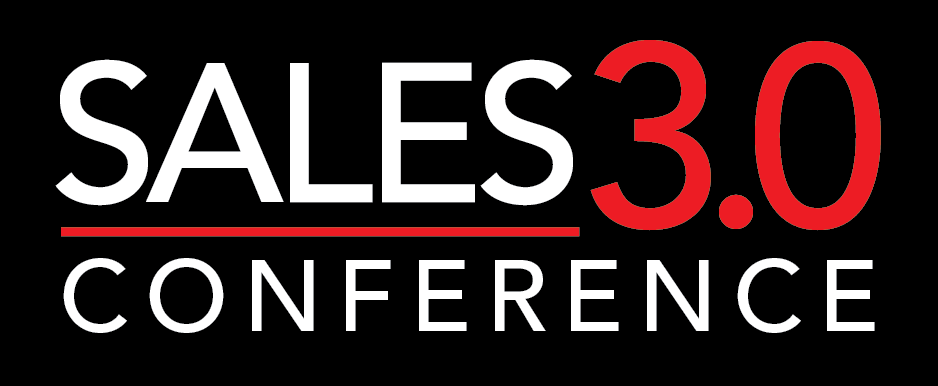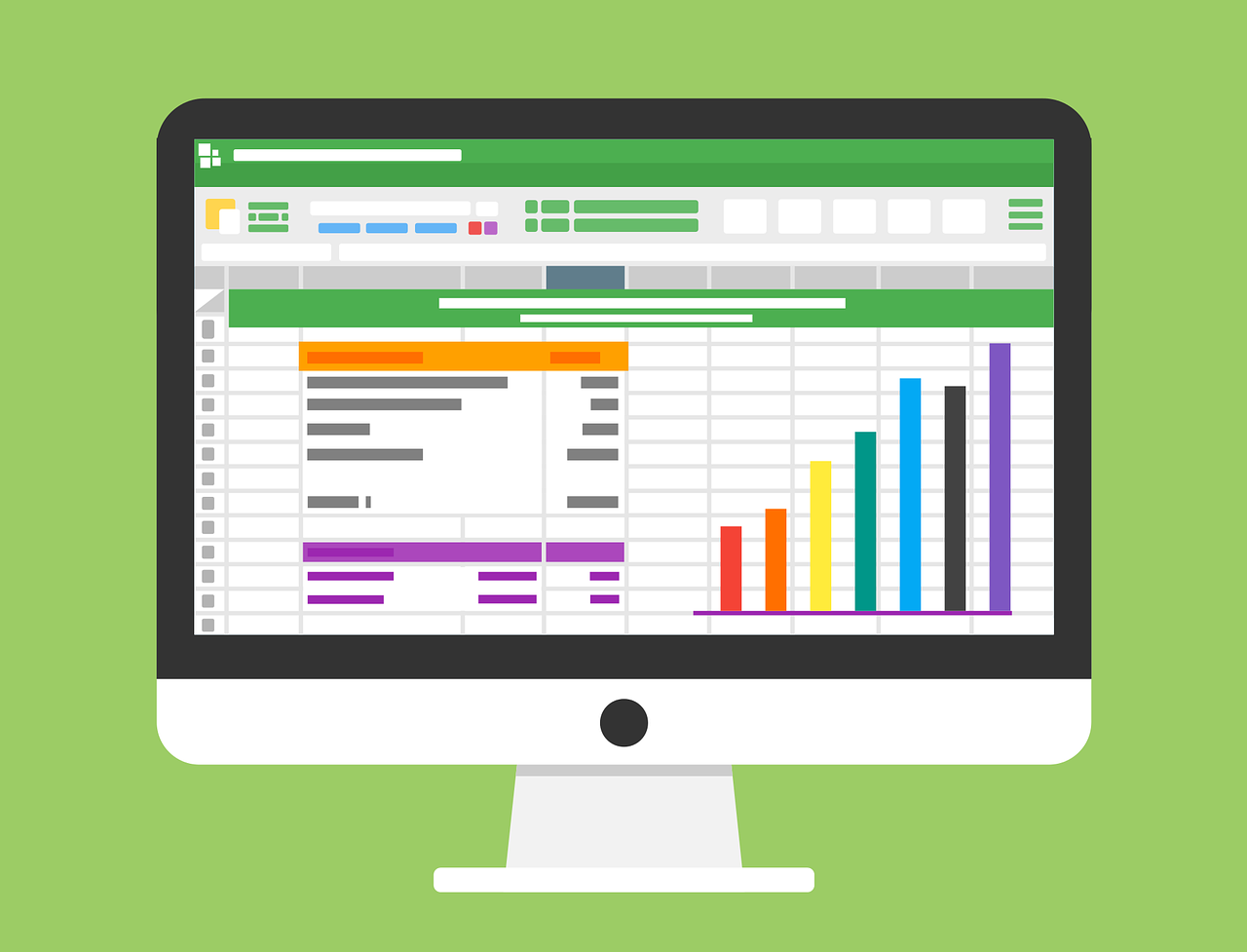A recent Gartner survey states that “only 45 percent of sales leaders and sellers have high confidence in their organization’s forecasting accuracy.”
This is startling. Businesses are turning out forecasts that more than half of their sales reps don’t believe in? How can that be? After all, these businesses rely on sales forecasts for everything from spending decisions to product pricing and operational strategy. Even worse, if they miss their forecast,their share price will tumble.
Why Do Sales Leaders Doubt the Sales Forecast?
That’s why companies need precise predictions to create an accurate sales forecast, not haphazard conjecture. They have a lot to lose if forecasts are off target – so why is there so much doubt?
Today, sales executives are overwhelmed by a complex product portfolio, long sales cycles with increasing numbers of stakeholders, and pressure to make their quarter – or they can lose their job. To make matters worse, many sales organizations are navigating this chaos at the mercy of data that’s often incomplete, inaccessible, and unreliable.
It’s no wonder that over half of Gartner survey respondents don’t believe their organizations have high-quality data. They’re the ones left wading through prospects, strapped for time, continuously frustrated, and – as a result – probably underperforming.
Three Ways to Improve Your Sales Forecast
Sales reps at all levels in an organization have the potential to deliver much more if they’re given the tools to succeed. So how can sales organizations recalibrate their approach?
Get smarter about sales forecast data.
Choose a technology platform that can dynamically aggregate current, complete, and accurate information about prospects and customers. Furthermore, make sure data is readily accessible in a single dashboard, regardless of format or source, and sortable by keywords for further ease of use. Most importantly, the platform should leverage the power of AI to filter out the noise and display only relevant and reliable information.
Prioritize the pipeline.
Having access to relevant data is just the start, of course. The next step is interpreting the data to unearth meaningful insights. Historically, sales reps have had to tackle this task manually, which is tedious and time-consuming – not to mention unnecessary. Advances in AI now make it possible for technology to intelligently scour aggregated data and determine not only which prospects have the greatest urgency to buy, but also when a company typically makes significant purchases, and who is most critical in the decision making process. Armed with this hyper-personalized insight, sales reps can quickly identify which accounts to focus on (and that changes every quarter).
Automate and engage.
The final step is making that targeted connection. To accelerate this process further, look for a tool that can automatically compile data and build a branded, specific email and sales deck that’s customized to engage the customer – all with just a few clicks.
Uncertainty about the sales forecast can be overcome. With the right solution in play, sales reps can leverage more accurate and actionable data to become expert guides on the customer’s journey – framing outcomes in terms personalized to the customer’s needs. As an added bonus, companies can also use advances in technology to bridge the skills gap between the top 1 percent of reps – and reps who don’t make quota. As productivity rises and more deals close, the transformation will be clear.

Anand Shah is CEO and co-founder of Databook. Anand brings to Databook over 17 years of experience as an expert in consulting Fortune 500 CXOs on how companies drive top-line growth for the enterprise. Before founding Databook, Anand was an engagement partner at Accenture Strategy, leading their engagement with the World Economic Forum on Digital Transformation, and a global lead for Accenture’s Strategic Insights group.




